Our Atradius Exclusive series will provide you with the latest insights from Atradius Economists, annual reviews of corporate payment practices, sector performance and more.

Reports and whitepapers from our industry experts

Latest news and insights

Latest blogs

Helpful guides at your fingertips

Your questions answered

Examples of high quality credit management processes and practices

Success stories from our diverse range of clients
Pharmaceuticals businesses throughout the world are reviewing their operational and...


Chemicals production growth projected to slow in 2025/2026 due to US tariffs

Trade tensions trigger higher insolvencies

US business response to shifting trade policies

Looking for safe havens in a divided region

Tariffs and related uncertainty causing a large negative impact

In some markets the indirect impact of tariffs could dampen higher food spending
Viewing 7 out of 201
Trade tensions, AI investment and geopolitical shifts dominate the global trade agenda. The key takeaway: business must...
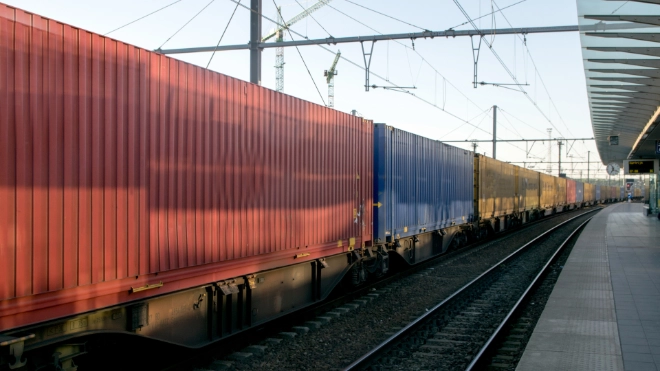
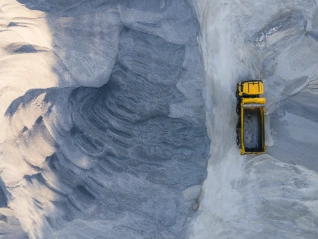
The US President’s latest tariff threat exposes the weaponised interdependence that has become a flashpoint for...

Navigating global payment risk in a year of rising insolvencies and shifting customer behaviour

Our Q3 2025 Risk Map update underscores the widespread nature of country...

Political gridlock and rising debt in France risk undermining eurozone stability and business confidence

The Shanghai Cooperation Organisation presented an alternative political economic vision for the world, but underlying...
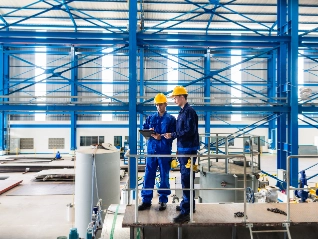
The President promised the return of millions of factory jobs, but rising investment pledges masks a mixed picture for US manufacturing
Viewing 7 out of 57

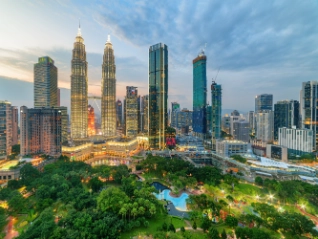



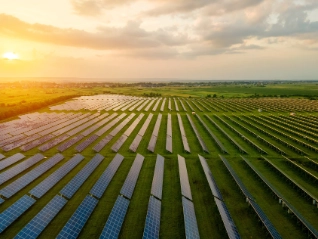

Viewing 7 out of 26
Credit insurance supports international trade by turning risk into opportunity, empowering firms to trade confidently and stay financially strong


This guide covers key steps to strengthen credit management, reduce risk, and protect cash flow

Having a credit management system that operates seamlessly with the rest of your business is...
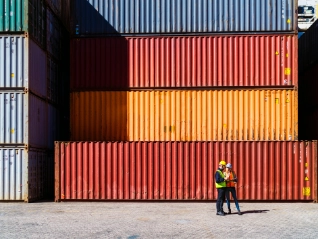
In an interconnected and volatile global economy, falling exports are more than a trade concern. They can...

Global disruptions can hit cash flow hard. Credit insurance helps businesses stay resilient, absorb shocks, and keep trade moving

Many businesses underestimate the true impact of buyer credit risk assessment. This oversight can quietly erode profitability

Resilience planning can be the difference between business growth and catastrophic...
Viewing 7 out of 27
- What is trade credit insurance?
- What is credit risk?
- Why credit management is important?
- What is business insurance?
- SME Insurance Singapore
- What is debt recovery?
- What is export credit insurance?
- What is political risk insurance?
- How much does credit insurance cost?
- How can I reduce DSO?
- How can I insure my export trade credit?
- How do you know if a business is failing?
- Why do traders take out credit insurance
Every customer is a potential risk. The larger and more solvent they are, the greater the risk. In January 2023, Brazil...



With the backing of Atradius’s resources, EnCom Polymers has been able to expand business with existing customers and go...

BVV GmbH grew internationally and recognised risks such as companies on the brink of insolvency in plenty of time to mitigate the...

Atradius Surety has enabled Vinci Construction France to expand their sources of finance beyond their...

How we are part of Continental Banden Groep B.V.'s business process, minimising risk and supporting sales

Ben Green, President and Owner at Metalco Incorporated in Chicago, Illinois, explains how Atradius Trade Credit Insurance has helped him...
Omron has achieved sustainable growth while navigating the uncertainties of China-US trade relations and regional manufacturing transformation.


FERM (International) offers competitive payment terms and limits their credit risk to developing countries by using Atradius Dutch State Business (DSB) and...

El Ganso credits our support in helping the fashion brand grow from a domestic-focused Spanish startup to a successful international business.

Calidad Pascual partners with international credit insurance firm Crédito y Caución Atradius to gain additional knowledge of international markets.

By providing open dialogue, insight and valuable credit information we helped Brook Green Supply improve their internal credit...

Janson Bridging (International) uses export credit insurance from Atradius Dutch State Business (DSB) to offer favourable credit terms to customers...

Our agility and local knowledge of worldwide markets and buyers are key reasons why textiles business Georg Jensen Damask say they collaborate...
Case study
Metalco Inc.: Driving new business with quick communication
Ben Green, President and Owner at Metalco Incorporated in Chicago, Illinois, explains how Atradius Trade Credit Insurance has helped him secure new business confidently.
Explore
































